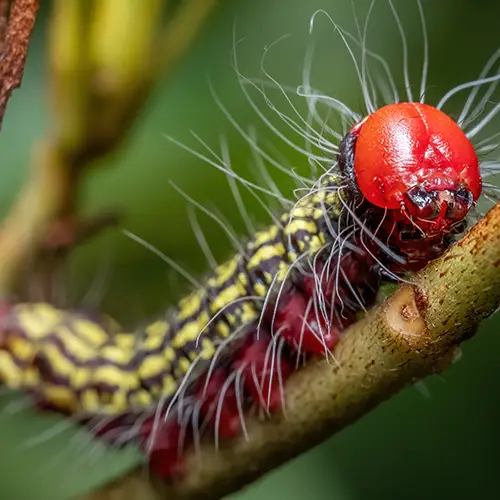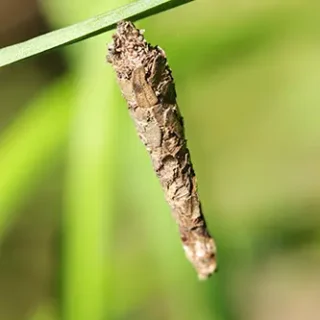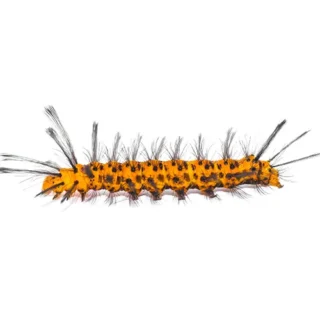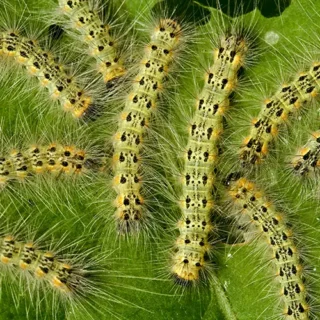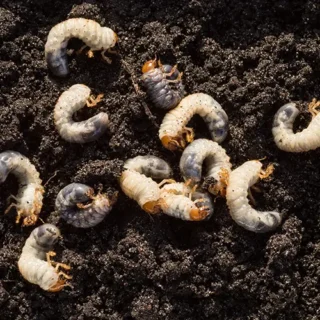Azalea Caterpillars in McAlpin
Azalea caterpillars are the larval stage of the Datana Major moth, which is a cinnamon-brown species that grows up to about 50 mm. Though the moths are not considered much of a nuisance, their caterpillars are known for wreaking havoc on gardens across McAlpin. True to their name, these pests are drawn to azalea plants and, while in the larval stage, will eat entire leaves in a short period of time. Their light-white eggs are very small and difficult to detect, which is why many people discover an infestation after coming across damage in their garden.
Azalea Caterpillar Habitat
Azalea caterpillars tend to prefer mild or warm weather, so they’re often found across the southeastern part of the US in states like Maryland, Arkansas, and—you guessed it—right here in Florida. These caterpillars are often found in places like gardens, parks, and natural woodlands where they can access their favorite food source: azalea plants. Azalea caterpillars are particularly active from late summer to early fall, gathering in large groups to feed while the weather is warm and their host plants are healthy. Though these caterpillars prefer azaleas, they’ll also consume other plants such as blueberries or rhododendrons, so they may even be found in gardens without an azalea in sight.
Azalea Caterpillar Behaviors, Threats, or Dangers
Though some caterpillar species have toxins in the fine hairs across their bodies, azalea caterpillars are not known to cause skin irritation or any other problems in humans. That said, their voracious feeding habits can certainly make them a pain to deal with. Since they often feed in large groups, especially early in development, it doesn’t take long for them to defoliate entire bushes and leave your landscape covered in dead plants or skeletonized leaves. Especially if the infestation gets out of hand, your garden may have a hard time recovering from the fast and severe damage that azalea caterpillars can cause. If you think you have azalea caterpillars feeding on your landscape, contact experts like those at Live Oak Pest Control for help with removing them.
Need help with Azalea Caterpillar control?
Need Pest Control Service?
Leave your information below and we’ll be in touch with a FREE quote!
"*" indicates required fields
*During normal business hours. After hours calls will be returned the next business day.

